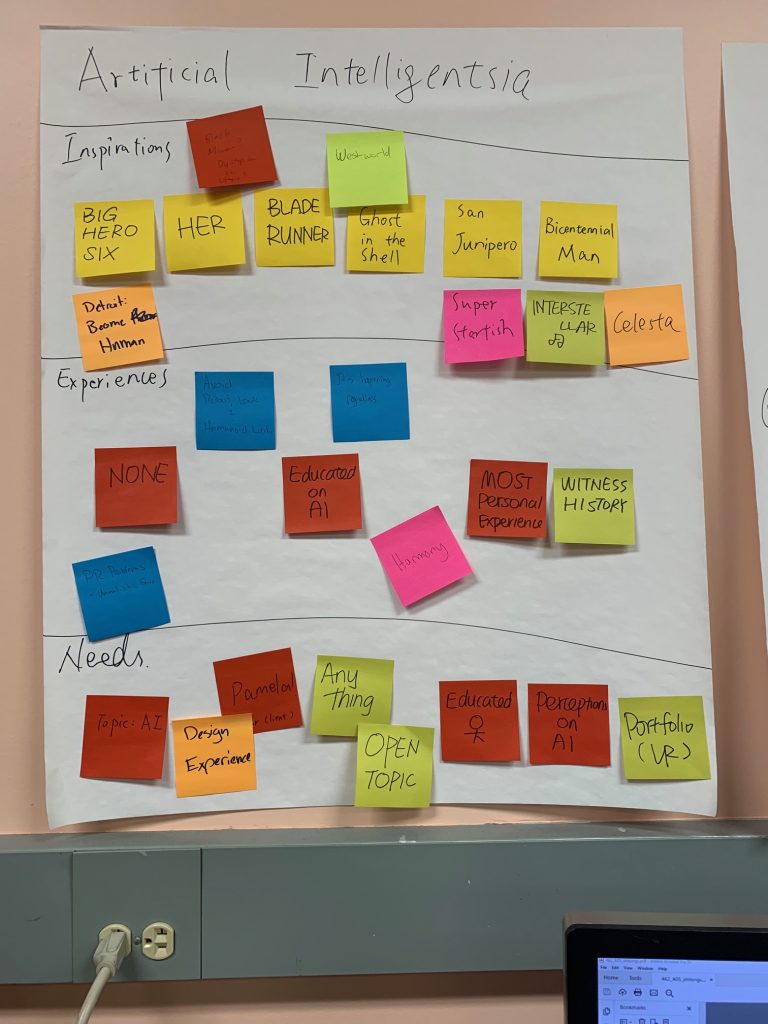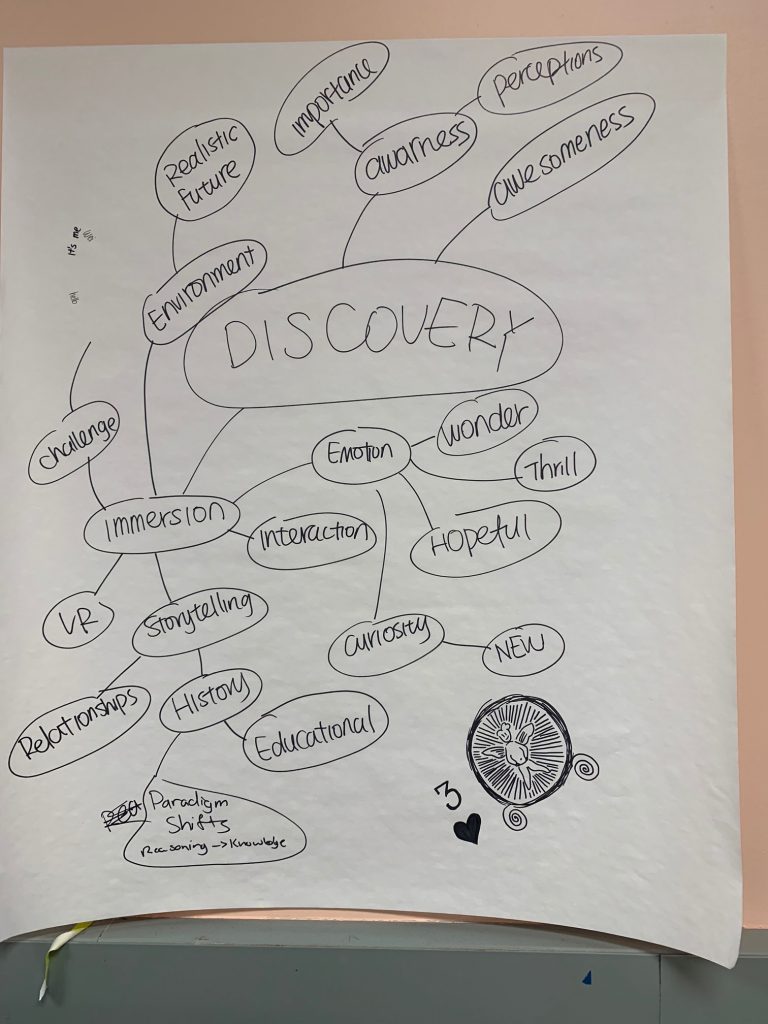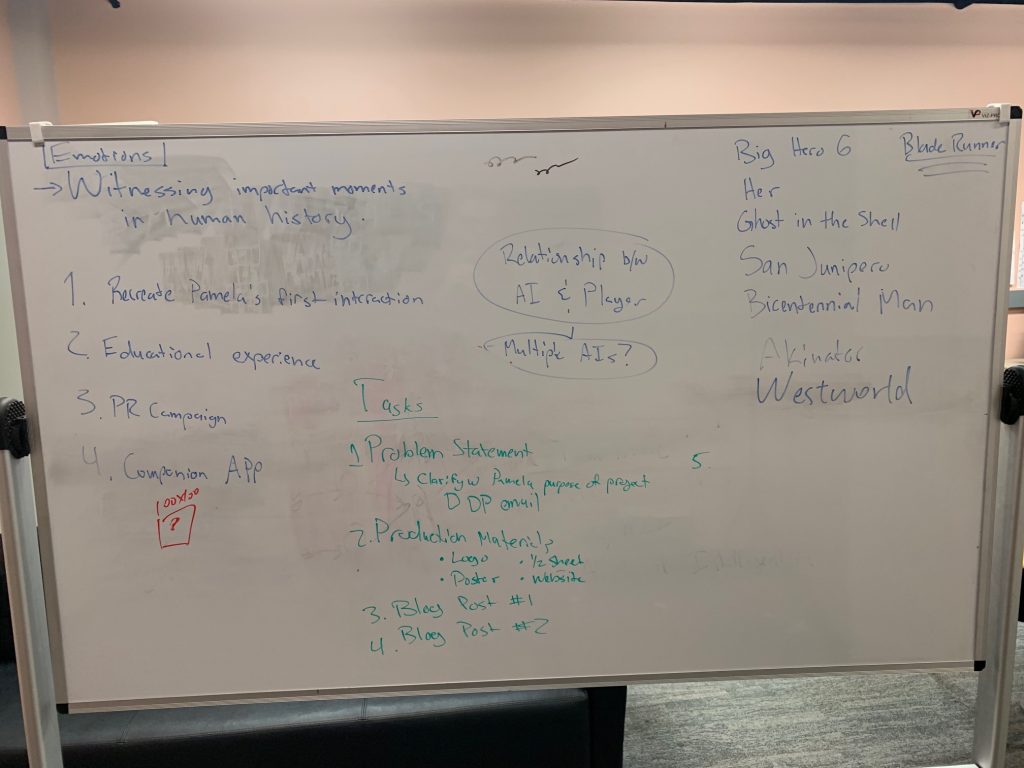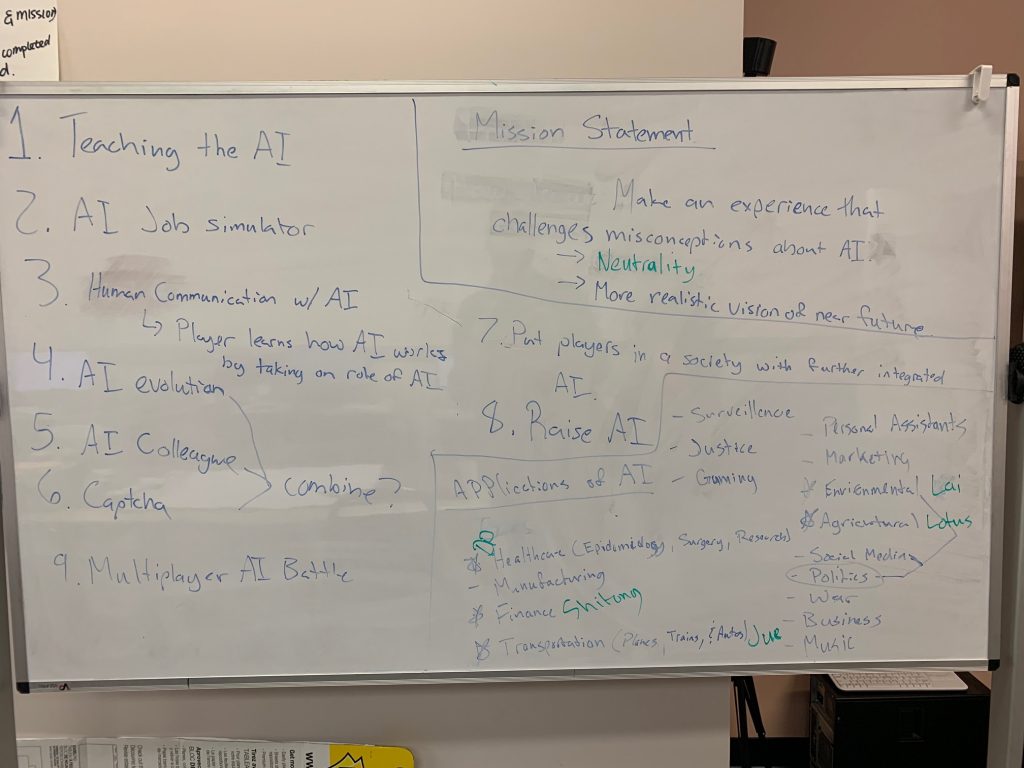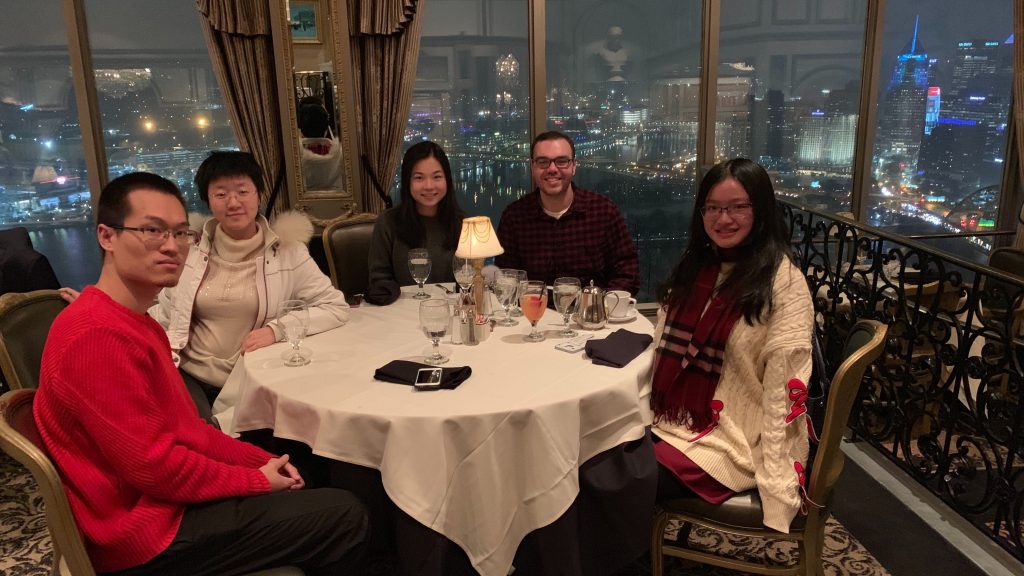In week three, we focused on developing prototypes, clarifying our mission statement, and constructing a transformational framework.
We begun the week with a look at some prototypes our designers devised.
The first prototype was designed by Lotus. It is a simulation of life as an AI research scientist. The gameplay consists of simple abstractions of AI development. The players play as a scientist researching AI, presenting their findings, and dreaming of a better future for humanity.
The second prototype was designed by Lai. In this game, players take on the role of NOAH, an AI that works to save animal species, as well as humans. The gameplay resembles a strategy game, where players must follow the programming designed by their human inventors and execute orders.
The third prototype was designed by Shitong. In the year 2050, you have been appointed as the special investigator on AI ethics by the US congress. You are tasked to examine a series of landmark cases involving AI and to make your recommendation on Congress’s future policies. A series of short, episodic interactive scenario, each depicting a different aspect of how AI has impacted humanity. By reliving the life of the protagonist in each scenario, the guest can gain new perspective on the pros and cons of AI.
We also, designed our logo and began laying out our production materials. Faculty members Shirley Yee and John Dessler, stopped by to give to review our designs and give us critiques and ideas on how to improve them. Here’s a peek at our logo:
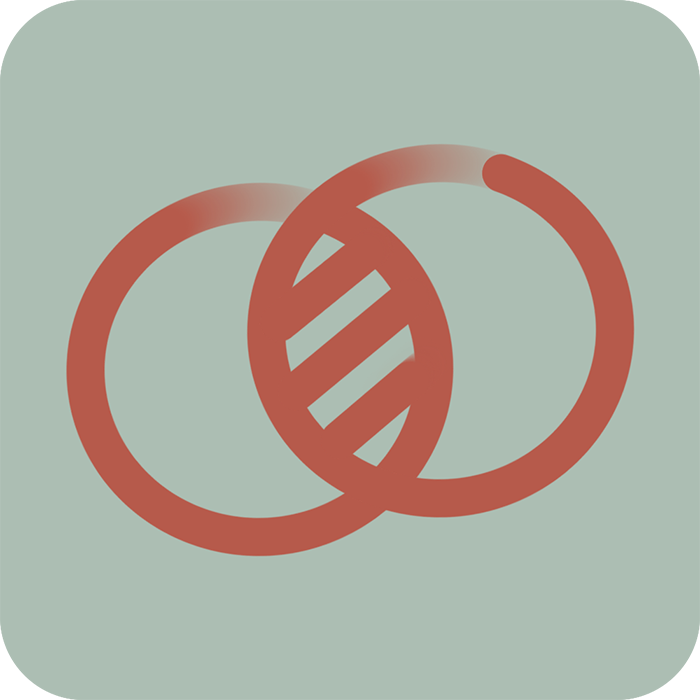
We encountered a hitch in our schedule this week when a polar vortex and snow storm hit Pittsburgh. The vortex was severe enough that Carnegie Mellon cancelled all classes on Wednesday and Thursday. We worked hard to make up for lost time over the weekend.
On Friday we attended a workshop run by Sabrina Culyba based on her book, The Transformational Framework. The Transformational Framework is a process tool for the development of transformational games. The workshop consisted of short presentations on the cornerstones of the framework followed by short amounts of time for teams to discuss and construct their own framework. This workshop was immensely helpful and we all unanimously decided to go through the framework again and more in depth over the weekend. As a result, we now have a more solid foundation on which to begin the design plan next week and feel way more prepared for quarters.
Another result of completing our transformational framework is a revision of our mission statement. It is now….
Demystify AI to help the public foster a more informed view towards AI’s potential impacts.
We believe this better states what we aim to do with our project this semester.
We finished the week with preparations for ¼ walkarounds on Monday. The rest of the week will consist of playtesting and iteration of our prototypes in the beginning of the week followed by picking one prototype and completing a design plan by Friday. Friday will consist of ¼ sitdowns and planning for our first production sprint in week 5.
